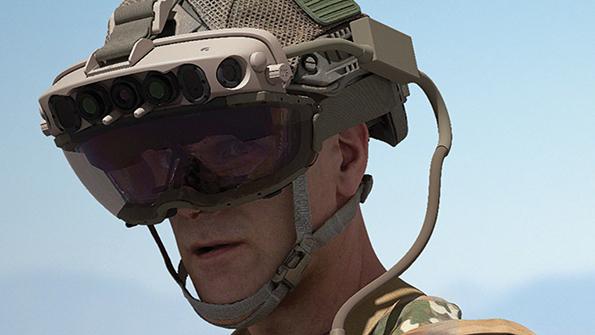
In large sailboat races, it is not unusual to see two individual boats become so obsessed with one another that they lose sight of what the rest of the fleet is doing. In doing so, each ends up so preoccupied by tactics to beat the other that both fall behind the other boats.
This sort of narrow focus occurs in the U.S. defense sector, too. Lockheed Martin, Northrop Grumman, Boeing, Raytheon Technologies and L3Harris all compete intensely with one another—their near peers.
However, the “fleet” of defense competitors has been growing in recent years, and new entrants may have different tactics, resources and goals. Much attention has been paid to smaller startups, mostly from Silicon Valley. This has been the core of Pentagon outreach and the venture investment and partnering of “heritage” defense primes. However, few of these small, new tech companies have scaled to $1 billion or more, with the possible exception of SpaceX. Others have aspirations to do so, but it is not clear that the Defense Department is creating programs that would allow these companies an easy path to scale.
There are other emerging competitors that might bear greater consideration in assessing the outlook in the 2020s. These are large, commercially focused, well-established companies that have evidenced recent competitive wins and aspirations in U.S. defense, and their products and expertise could extend to global markets as well.
In defense ground-vehicle markets, GM is one to watch. In July 2020, it won the Army’s Infantry Squad Vehicle competition with an entry based on the Chevrolet Colorado ZR2 midsize truck architecture. Arguably, there don’t appear to be other GM vehicles that would serve as foundational designs for other combat vehicle types. But the skills and relationships GM is gaining from the Infantry Squad Vehicle program could be more broadly applied to other vehicle needs, and GM can pull from a wider commercial portfolio of manufacturing, design, security and integration skills.
Another company to watch is Microsoft, which was awarded a U.S. Army fixed-price production contract on March 26 to manufacture the Integrated Visual Augmentation System (IVAS) (see photo). The program has a value of $21 billion. The IVAS is based on Microsoft’s HoloLens product and augmented by Microsoft Azure cloud services. Like the GM example, there may be limited instances where other Microsoft commercial products can be readily adopted to military needs, and the program win suggests an aspiration to address U.S. and possibly other defense markets. Microsoft knows about software and electronics products manufactured in high volume, skills that could be applied to defense needs.
Amazon and its Amazon Web Services (AWS) is making moves as well. In 2020, AWS announced a new space segment to support spaceflight operations and satellite design. Amazon Prime Air has potential military logistics applications, once it launches operations. On April 5, there was news that AWS Vice President Teresa Carlson is leaving AWS to serve as president and chief growth officer of Splunk, suggesting that Splunk also could be looking to expand its public-sector businesses.
These types of competitors are less resource-constrained than smaller startups. They have political clout, too, and involvement in defense could, in turn, help with their commercial competitiveness.
There are four implications for analysts and planners to weigh:
First, heritage defense contractors are already aware of these new competitors, but it is not clear that analysts have started to look at how they could reshape markets in the 2020s. Analysts will need to widen their apertures and engage company managers with more questions about how they are planning for a different market environment and how they assess these “new” entrants.
Second, this new competition should compel heritage contractors to review where their current portfolios could be vulnerable to new, large defense entrants over the next 5-7 years.
Third, those assessments should lead to strategic adjustments. Are there opportunities to team with major new defense entrants? Should some business segments be divested in 2021-22 because of competitive pressures they could face in 2023-25? Are there other actions that could fend off inroads by commercial entrants?
Fourth, heritage contractors could also more actively seek to diversify commercially. Some may see this as a taboo, but there are plenty of examples of defense companies doing just fine in commercial markets.






Comments